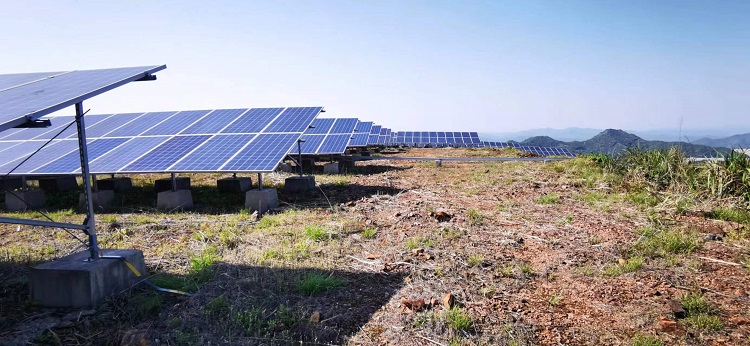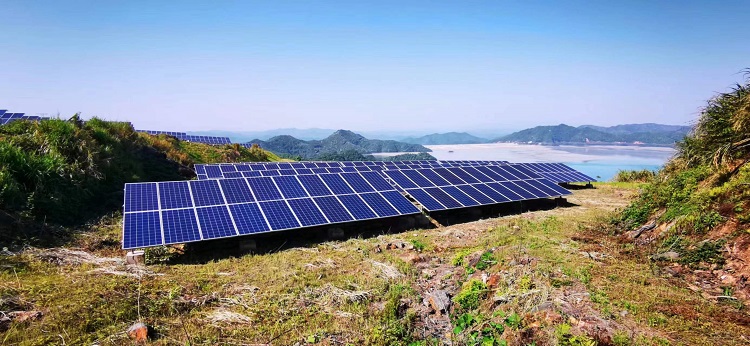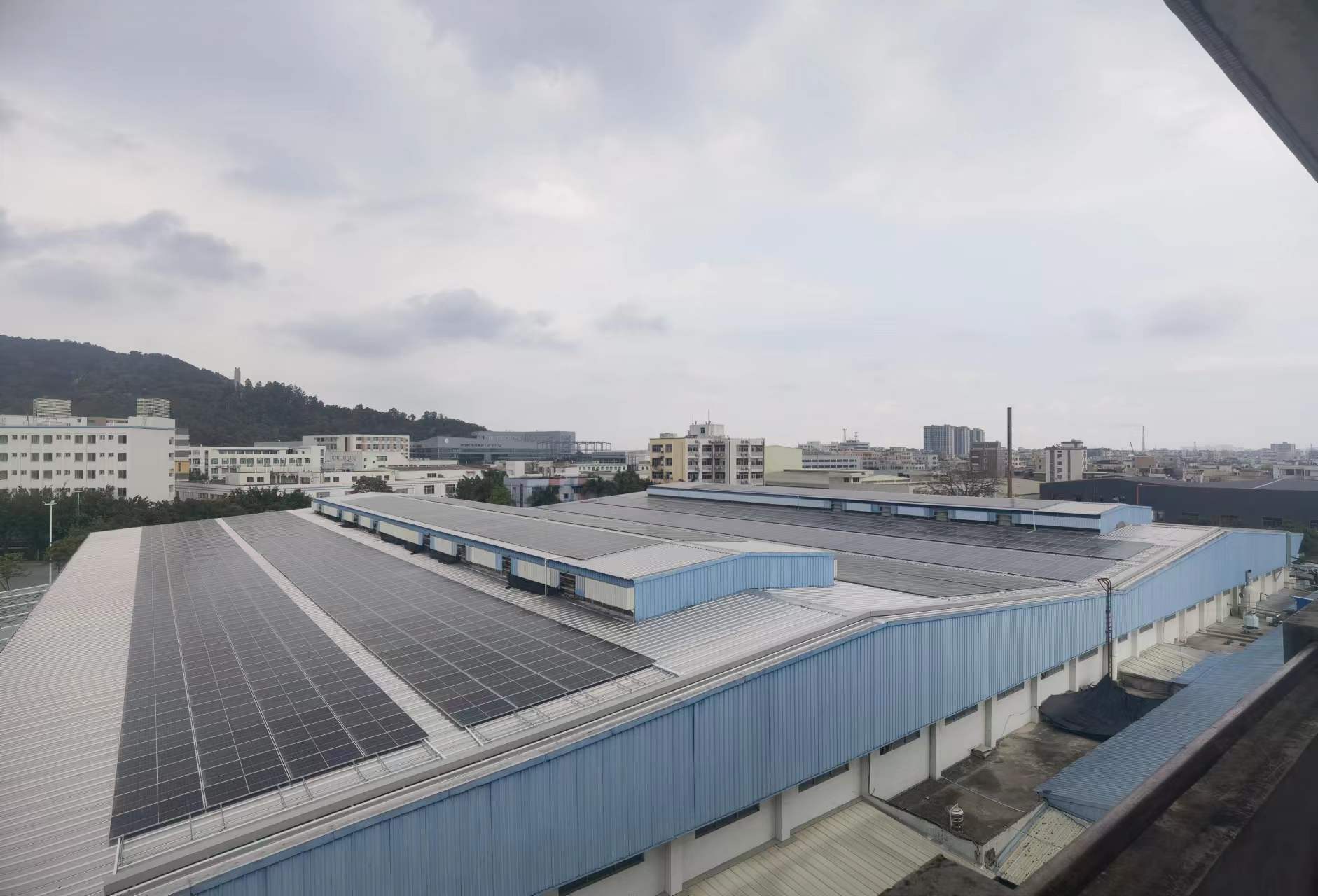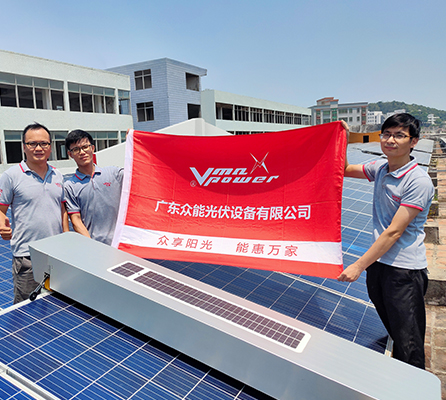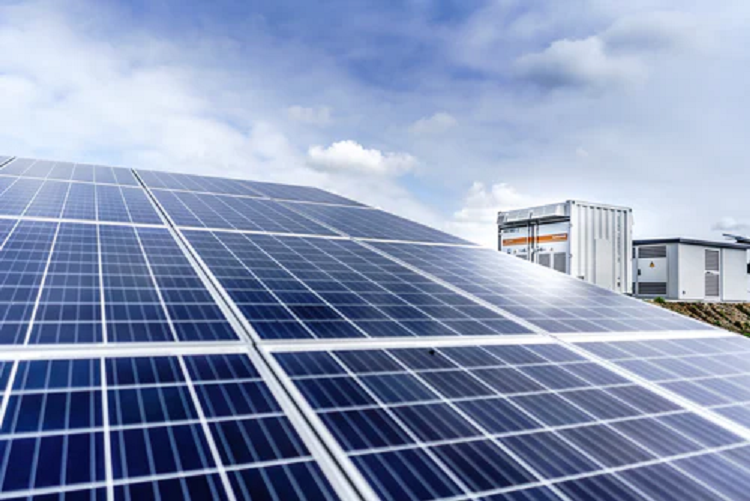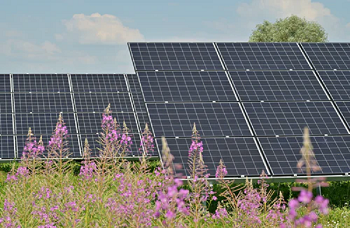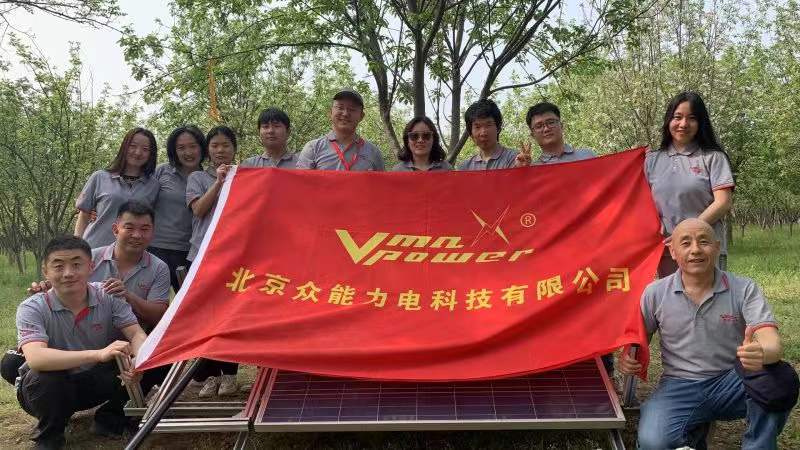After nearly 20 years of hard work in China, China’s photovoltaic industry has become the world’s largest photovoltaic market and photovoltaic industry manufacturing center with its advantages in technology and scale. “Photovoltaic” is a familiar and unfamiliar word; it is also a surprising and hopeful word. An era of energy changes has brought green energy to our households. Make our life better.
The “Development Situation and Future Prospects of China’s Photovoltaic Industry in 2022″ released by the China Photovoltaic Industry Association shows that in 2021, my country’s photovoltaic industry, polysilicon production ranks first in the world for 11 consecutive years; photovoltaic module production ranks first in the world for 15 consecutive years; The installed capacity ranks first in the world for 9 consecutive years; the cumulative installed capacity of photovoltaics ranks first in the world for 7 consecutive years. Today, whether at home or abroad, the status quo or expectations, the photovoltaic industry is thriving.
But people also have doubts about whether the “big trade stick” of ten years ago will repeat, whether the surge in silicon materials will continue to put pressure on the industry, and which company can stand out under fierce competition, etc., and these may all be taken from the photovoltaic industry. The answer is found in the development process.
In the 1970s, the oil crisis broke out, and the solar photovoltaic power generation industry ushered in a good opportunity for development all over the world. At that time, the United States was the hegemon of the photovoltaic industry. With the support of policy and technology accumulation, a number of world-class photovoltaic enterprises were born, and other developed countries followed suit and vigorously developed the photovoltaic industry.
In China, due to the high profits of producing polycrystalline silicon panels, many companies have become photovoltaic cell foundries, but these production capacities are mainly supplied to the international market, and the total domestic photovoltaic installed capacity is quite low. In 2000, the IEA World Energy Conference predicted that by 2020, China’s total installed photovoltaic capacity will be less than 0.1GW.
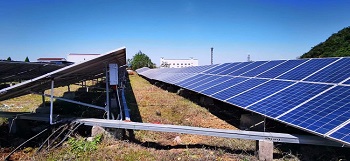
However, the development of China’s photovoltaic industry has far exceeded this expectation. On the one hand, technological research and development have continued to make breakthroughs. The country has successively established a number of key laboratories and engineering technology research centers, and cooperated with well-known domestic schools to conduct basic research on various materials and equipment in the process of photovoltaic power generation.
On the other hand, the scale of enterprises has grown. In 1998, Miao Liansheng, who imported parts from Japan to assemble solar neon lights, became very interested in the solar energy industry and established Baoding Yingli New Energy Co., Ltd., becoming the first Chinese photovoltaic industry company.
In 2001, with the support of Wuxi Municipal Government, Shi Zhengrong, who studied under the “father of solar energy” Professor Martin Green, returned from studying abroad and established Wuxi Suntech Solar Power Co., Ltd., which has since become a world-renowned photovoltaic giant. Around 2004, with the introduction of the “Kyoto Protocol”, “Renewable Energy Law” and its revised bills, the global photovoltaic industry ushered in a full-scale outbreak.
Chinese photovoltaic companies take advantage of the situation to stand on the world stage. In December 2005, Suntech became the first private enterprise in mainland China to be listed on the New York Stock Exchange. In June 2007, Yingli was successfully listed on the New York Stock Exchange. During the period, Chinese photovoltaic companies such as JA Solar, Zhejiang Yuhui, Jiangsu Canadian Solar, Changzhou Trina Solar, and Jiangsu Linyang have successfully listed overseas one after another. Data show that in 2007, the global output of solar cells was 3,436 MW, a year-on-year increase of 56%. Among them, the market share of Japanese manufacturers dropped to 26%, and the market share of Chinese manufacturers increased to 35%.
In 2011, China’s photovoltaic industry ushered in a dangerous moment. The global financial crisis has hit the European photovoltaic market, and the United States has launched a “double-anti” investigation on Chinese photovoltaic companies. With the support of multiple policies, photovoltaic companies have rediscovered their habitat in the domestic market.
Since then, it has been a long period of “internal skills” for Chinese photovoltaic companies. From silicon materials, silicon wafers, cells to modules, batches of innovative companies have emerged in various sub-sectors, such as GCL, which has broken the monopoly of polysilicon technology. Group, LONGi Group, which promotes the replacement of polysilicon with monocrystalline silicon, Tongwei Group, which overtakes in corners with PERC cell technology, and so on. Even if the photovoltaic industry policy has withdrawn subsidies, China’s photovoltaic industry, which is already at the forefront of the world’s photovoltaic industry, has quickly adapted and entered a development stage toward the goal of “grid parity”. In the past ten years, the cost of photovoltaic power generation has dropped. 80%-90%.
It is worth noting that the troubles of the “trade stick” are endless. In recent years, the United States, India and other countries have implemented trade restrictive measures for many times in order to protect their own photovoltaic industry, such as the United States 201 investigation, 301 investigation and India anti-dumping investigation. In March of this year, the US media also reported that the US Department of Commerce will investigate whether Chinese solar energy producers are circumventing solar tariffs by doing business in four Southeast Asian countries. If the investigation is true, the US will impose levies on photovoltaic modules from these four Southeast Asian countries. high tariffs.
In the short term, it will have an impact on the performance of domestic photovoltaic companies, especially related companies with a high proportion of overseas markets or rapid growth. For example, in 2021, the revenue of the American market will be 13 billion yuan, a year-on-year increase of 47%, accounting for 16% of the total revenue; the European market will be 11.4 billion yuan, a year-on-year increase of 128%, accounting for 14% of the total revenue. But today’s China’s photovoltaic industry is not what it used to be. The independent and controllable industrial chain has avoided the “stuck neck” crisis like a chip. The technology and scale of research and development and production have an advantage, and the huge demand market under the internal circulation is also Strong support, overseas market friction may be painful for some companies, as long as technology and products are king, it is difficult to shake the foundation.
Facing the continuous development of the photovoltaic industry, our talented people continue to climb the peak in the industry. We are professional in photovoltaic system and cleaning operation and maintenance, and also light up thousands of friends from all over the world. million households. It also provides green photovoltaic energy for friends all over the world. Wisdom can light up a green world.
Post time: May-27-2022


